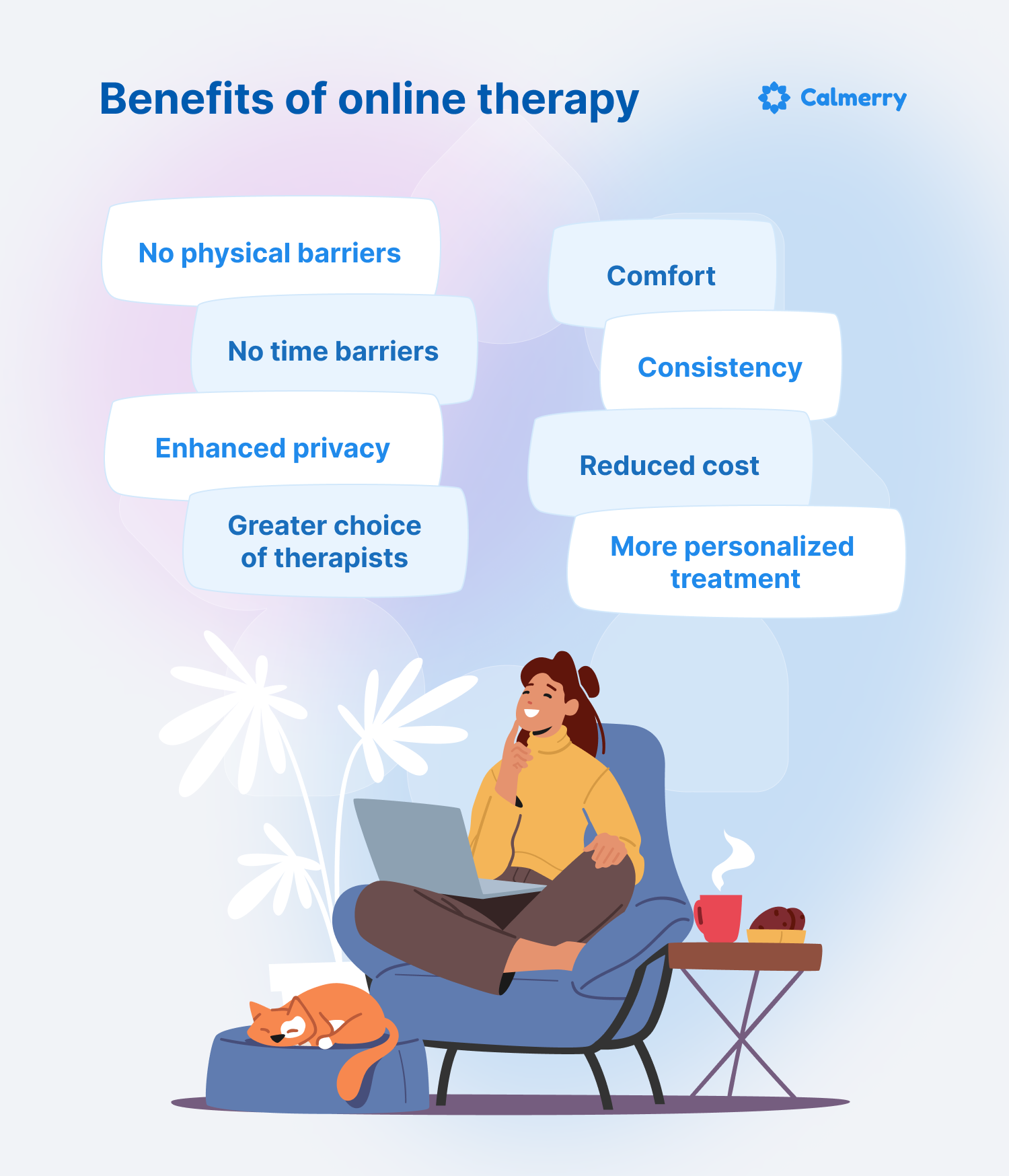EMDR Therapy Houston: Empowering Mental Health And Wellness Makeover
EMDR Therapy Houston: Empowering Mental Health And Wellness Makeover
Blog Article
Unboxing the Performance of EMDR Therapy for Anxiousness Relief
Eye Motion Desensitization and Reprocessing (EMDR) treatment has actually garnered interest for its supposed efficacy in minimizing stress and anxiety signs. Keep tuned as we study the subtleties of EMDR treatment in the context of stress and anxiety administration, dropping light on its pledge and restrictions.
Background of EMDR Therapy
At first established in the late 1980s by psychologist Francine Shapiro, Eye Activity Desensitization and Reprocessing (EMDR) treatment has since obtained acknowledgment as an effective therapy for numerous mental wellness problems. Shapiro's discovery of EMDR was serendipitous, as she noticed that particular eye motions seemed to lower the intensity of adverse ideas and emotions. This monitoring resulted in the systematic growth of EMDR as a structured treatment technique.
EMDR is founded on the concept that upsetting memories are improperly processed and saved in the brain, leading to the growth of psychological concerns. The therapy intends to help with the reprocessing of these memories, making them much less disturbing and assisting individuals to integrate them extra adaptively. With a collection of standardized methods, including reciprocal excitement such as eye motions or faucets, EMDR guides individuals via the processing of stressful experiences.
Throughout the years, EMDR has actually evolved from its preliminary concentrate on treating post-traumatic stress and anxiety disorder (PTSD) to attending to a variety of psychological health conditions, consisting of anxiousness, depression, fears, and a lot more. Its efficiency and effectiveness have actually made it a valuable tool in the restorative landscape.
Recognizing Anxiety and EMDR
Shapiro's groundbreaking advancement of Eye Motion Desensitization and Reprocessing (EMDR) treatment not just changed the treatment of trauma yet also paved the way for a deeper understanding of exactly how EMDR can successfully relieve anxiousness symptoms in individuals. Anxiety disorders include a series of problems defined by excessive fear, concern, and concern, typically resulting in significant distress and problems in everyday functioning. EMDR treatment targets upsetting memories and negative ideas that contribute to anxiety, making use of bilateral excitement to promote the handling of these experiences. By involving the mind's natural healing mechanisms through led eye activities or various other types of bilateral excitement, EMDR aids individuals reprocess traumatic memories, lower psychological sensitivity, and establish adaptive coping mechanisms. Researches have actually shown promising lead to utilizing EMDR for various anxiousness problems, such as generalized anxiety problem, social stress and anxiety condition, and panic attack, highlighting its efficiency in easing stress and anxiety symptoms and boosting overall well-being.
Efficiency of EMDR for Anxiety
Study findings have consistently demonstrated the performance of Eye Movement Desensitization and Reprocessing (EMDR) therapy in minimizing anxiousness symptoms across different anxiousness disorders. Studies have revealed that EMDR is particularly useful for people with post-traumatic stress disorder (PTSD), generalized stress and anxiety problem (GAD), anxieties, panic disorder, and social anxiety disorder. EMDR's efficiency in treating anxiety is credited to its unique approach of targeting stressful memories or experiences that add to the growth and upkeep of anxiousness signs and symptoms.
A meta-analysis released in the Journal of Anxiousness, Stress and anxiety & Coping located that EMDR significantly reduced anxiety symptoms compared to control problems, with the results lasting with time. In addition, EMDR has actually been revealed to be as efficient as cognitive-behavioral therapy (CBT) in minimizing stress and anxiety signs, with some research studies suggesting that EMDR may bring about much faster renovations for specific individuals.
Neurobiological Systems of EMDR
The efficacy of Eye Activity Desensitization and Reprocessing (EMDR) for anxiousness relief has led scientists to examine the neurobiological mechanisms underlying its over at this website therapeutic effects. One recommended neurobiological This Site explanation for exactly how EMDR functions involves the idea of memory reconsolidation. Throughout EMDR treatment, the bilateral stimulation, such as eye activities or faucets, may trigger the mind's details processing systems, leading to the reconsolidation of distressing memories. This process is assumed to help with the assimilation of upsetting memories with flexible info, thereby lowering the emotional cost connected with the stressful event.
Furthermore, research studies making use of neuroimaging techniques have actually revealed that EMDR treatment can result in modifications in mind activity, especially in areas related to emotional processing and memory, such as the amygdala and hippocampus. online therapy houston. These neurobiological modifications might add to the observed decreases in stress and anxiety symptoms complying with EMDR treatment. Additional research study is required to fully clarify the precise neurobiological mechanisms where EMDR exerts its restorative results on anxiousness
Implementing EMDR Techniques

Therapists customize the EMDR strategy to match individual needs, taking into consideration factors like the nature of the stress and anxiety, personal history, and customer preferences. The bilateral stimulation used in EMDR is thought to engage working memory, fostering adaptive processing of stressful memories and promoting emotional guideline. With repeated sets of reciprocal excitement, people commonly report a reduction in the emotional intensity associated with anxiety-provoking memories. By skillfully applying EMDR strategies, therapists can assist customers in alleviating anxiousness signs and symptoms and promoting psychological health.
Verdict

Report this page